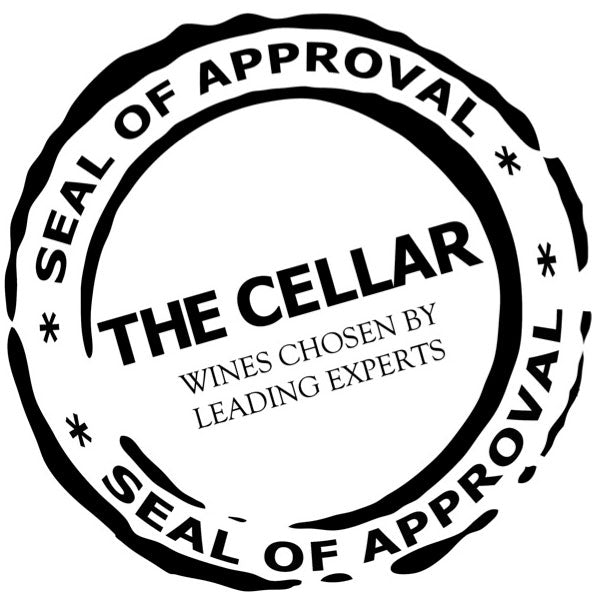South Africa
South Africa is considered a country of the ‘new world’ in the wine industry yet it has a wine industry that dates back to the mid 17th century. The sweet wines of Constantia have been famous since the 18th century which predates a large majority of famous names of France, Spain or Italy. Today the sweet wines of Constantia are still made and are revered the world over.
South Africa had a real issue with its wines, especially during apartheid, producing wines that were of low-quality and were hard to sell in the international markets. This need to sell lead to many prices being slashed and filling the bottom shelves of supermarkets in Europe and America. This image still prevails but is decreasing in a major way as a fast-paced increase in wine knowledge and winemaking prowess parallels this shift.
Given the heat of South Africa many would assume that it is a red wine filled country yet whites are in the majority. Chenin Blanc is the countries most planted variety making up 18% of the national vineyard area. Locally it is known as ‘Steen’ and is behind some of the most revered whites of South Africa, as well as cheaper sweeter wines. As South Africa’s wine industry matures it has found that certain regions are best suited to certain grapes which has lead to another quality revolt and focus on the specifics of certain grapes in a way that ensures higher quality in the resulting wines.
Main Grapes or styles
Cabernet Sauvignon – it is the most widely planted red grape and second overall. It is mainly blended with Merlot and/or Pinotage but single varietal wines can be found. South African Cabernet Sauvignon is ripe and juicy and similar in style to those of Australia or California.
Pinotage – is South Africa’s grape varietal literally made for South Africa. It is a cross of Pinot Noir and Cinsault, a red grape from the southern Rhone Valley in France. It produces wines that are full-bodied and have flavours of raspberry, black plums, blackcurrants, coffee beans and baking spices.
Pinot Noir – is produced in small amounts and has yet to create a true following in popular markets. The best Pinot Noirs are produced in the cooler regions of Walker Bay or Constantia. The top examples of Pinot Noir are made in a style that is like a cross of California and France.
Chenin Blanc – is the most planted grape variety across South Africa. It makes white wines that are dry to sweet, with cheap examples in the medium-sweet range. It is also the main grape in South African Brandy production. Chenin Blanc, unlike those of the Loire Valley in France, are tropical and zesty whites with fuller bodies. It is even aged in oak making wines that are akin to top quality Chardonnays.
Sauvignon Blanc – is being planted more and more as the popularity increases, a backlash of Marlborough Sauvignon Blanc popularity. It is made in a slightly more restrained style than Marlborough and closer to classical French Sauvignon Blancs from the Loire Valley. It is more peachy and tropical in flavour profile.
Main Regions
Stellenbosch – arguably the home to South Africa’s most valuable assests of fine wine. It is the home to the top red wines both Cabernet Sauvignon and Merlot blends and straight Pinotage. It is found just inland of False Bay so has a cooling aspect from the coastal winds. The coolest sites being reserved for Sauvignon Blanc and Chardonnay production.
Paarl – some of the oldest vineyards can be found in this region just north of Stellenbosch. It is warmer than Stellenbosch but has cooler temperatures at night and more altitude making white wine production more important here. Everything from Chenin Blanc, Chardonnay, Riesling and Gewurztraminer are planted here, though Shiraz and Pinotage are the leading reds.
Constantia – the region that made South Africa famous in Europe thanks to the sweet made from overly ripe or Botrytis-infected Muscat grapes. Today the dry whites of Sauvignon Blanc and Semillon are most important and Pinot Noir plantings coming in a close second.
Walker Bay – one of the cooler regions in South Africa and found just inland of the coastal inlet of the same name. It is one of the up-and-coming quality regions home to some of the better examples of Chardonnay and Pinot Noir.
Climate and its effect on the wines made here
South Africa’s climate is akin to a classic Mediterranean climate. It has long very hot summers with short winters. Overall South Africa is a very hot country and wine production regions are centred around the most southern parts of South Africa – the leading regions are those close to the coastline. The oceanic winds such as the Benguela Current help too cool down the otherwise overly hot regions. White wines are zesty and light to full-bodied with the reds made in similar styles, the lighter wines are made on the coast and the fuller-bodied wines are more inland.
